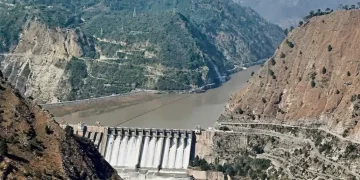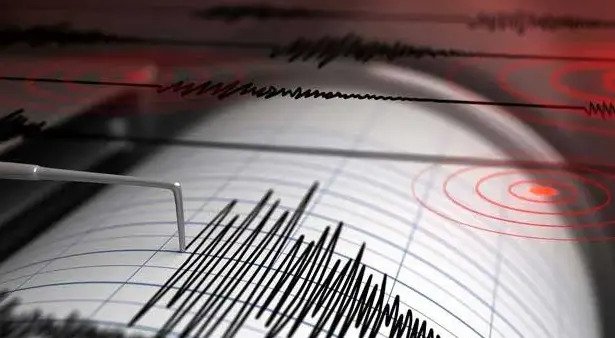The largest ozone hole ever documented above the North Pole has closed almost as quickly as it formed.
The hole formed earlier this year and reached its maximum size in March some 11 miles above the surface of the Earth. This ozone hole became the largest one ever recorded in the Arctic region spanning an area of over 620,000 square miles (997793.28 kilometres).
According to Copernicus Atmospheric Monitoring Service (CAMS) the hole was caused by an unusually strong polar vortex, which explained its relatively sudden growth. A polar vortex is a large area of low pressure and cold air that surrounds both of Earth’s poles.
When temperatures drop to a low enough point, polar stratospheric clouds (PCS) can form, which can in turn activate ozone-depleting chemicals like chlorine in the atmosphere.
Now that the intense polar vortex has ended, the ozone hole has ‘healed’ itself.
What is ozone layer?
The ozone layer sits between 9 and 22 miles above the Earth and filter ultraviolet light from the atmosphere, and when holes appear it means more harmful solar radiation is penetrating the atmosphere and reaching the Earth’s surface.
The ozone layer is important because it acts like a sunscreen and without it humans and animals can experience increased rates of skin cancer and other ailments such as cataracts.


















































